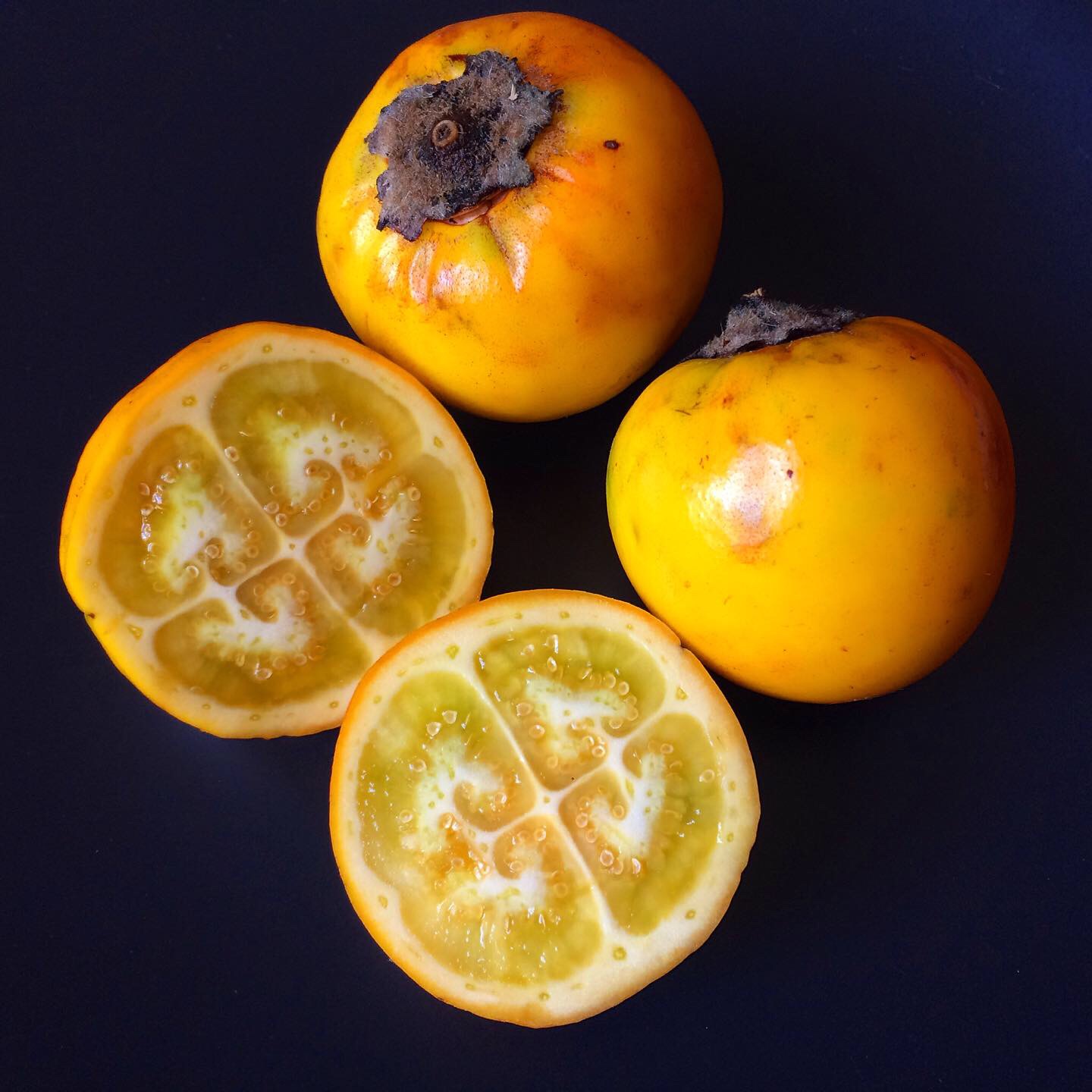Instagram Post 8/4/2019
Newark New Jersey’s Ironbound district is a mecca for all things Portuguese and Brazilian. I did a somewhat comprehensive post way back in April 2019 about Teixeira’s Bakery although I need to do another now that I’ve emerged from the sugar coma. Just kidding. I haven’t.
(Click on any image to view it in high resolution.)

This post, however, is concerned with produce, specifically the fruit known as naranjilla in Ecuador and Panama and lulo in Colombia. Even a nodding acquaintance with high school Spanish (and I remember a student who did indeed nod off in that class) would lead you to believe that it’s a “little orange” but although the fruit is little and orange, it’s not in the citrus family. It’s a cinch to track down at one of the five (count ’em, five!) Seabra’s markets in the area, all within walking distance of each other. (Next visit.) In NYC, you can readily find the pulp frozen and sold in pouches in many Latin American markets.
The fresh fruit is green when unripe, orange when ripe (like these), and although you can eat the fruit out of hand (squeeze out the juice and discard the shell), it’s more commonly incorporated into a batido or liquado, a shake, either milk- or water-based or ice cream. Some report that the flavor is a cross between rhubarb and lime (well, yes, but…). Suffice it to say that it’s tart (you’ll want to add sugar), the color of the juice is greenish even when ripe, and because it’s not overly sweet (I know how important that is to some of you) it’s an easily customized drink.

The first photo shows it cut across its equator. In the second photo, I’m holding a quarter-inch slice in front of what passes for a window in my apartment in an effort to capture a schmancy, backlit view.
Pro tip: Don’t go on a Sunday – restaurants, bakeries, markets and bars are open, but most other shops are closed. (I know, I know, what else would a foodie be interested in there anyway?)
Watch for my upcoming post about that day’s visit to a rodízio style churrascaria.
